In the world of sharing videos online, YouTube vs. Vimeo are the top choices.
YouTube is widely used and known globally for hosting videos, while Vimeo is a favorite among creative professionals and filmmakers. It offers a nice viewing experience without ads and high-quality video playback.
Now, if you’re wondering which one is better for putting videos on your WordPress website: YouTube or Vimeo, the answer depends on what you need.
This blog will look into the main factors of both platforms, talking about what they’re good at, where they might fall short, and which one might suit your WordPress site better.
We’re here to help you decide so that you can pick the platform that fits your goals and makes your WordPress site even better.
YouTube vs. Vimeo: Pricing
Regarding the price, YouTube vs. Vimeo takes different approaches.
YouTube’s free plan is a great starting point for casual users and beginner content creators. However, if you intend to upload longer videos, monetize your content, or enjoy an ad-free viewing experience, a YouTube premium subscription is a worthwhile investment.
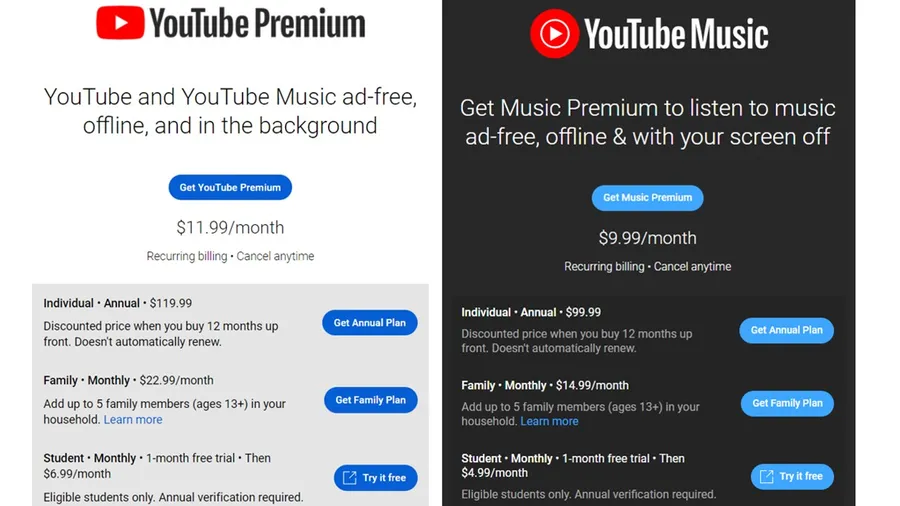
Vimeo’s paid plans are ideal for businesses, professionals, and content creators who prioritize ad-free video hosting and advanced features. The platform’s pricing structure aligns with its focus on providing a premium video hosting experience.
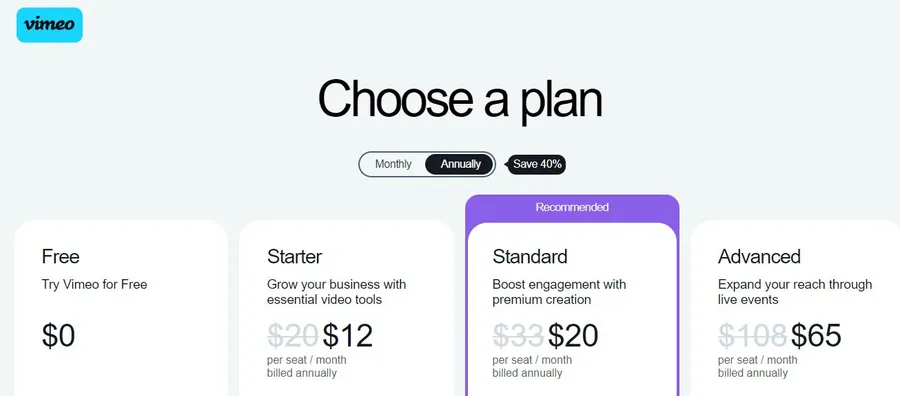
Reasons why choosing the right platform for your needs:
YouTube Pricing
- Free plan:
- Unlimited storage and bandwidth
- Upload up to 15-minute videos
- Cannot monetize videos with ads
- YouTube Premium:
- Ad-free viewing
- Offline video downloads
- Access to YouTube Music and YouTube Originals
- Starts at $11.99 per month
Vimeo Pricing
- Free plan:
- Create up to 3 videos per month
- Limited to 500 MB of weekly storage
- Paid plans:
- Start at $12 per month for the Plus plan, which provides 500GB of storage per year and allows you to upload up to 5GB of videos per week
- Higher-tier plans offer more storage, bandwidth, and features
- Top-tier Business plan provides 2TB of storage and no weekly upload limits
YouTube vs. Vimeo: Upload Limits
YouTube’s free plan is more generous than Vimeo’s, with unlimited storage for uploading up to 15-minute videos. However, if you need to upload longer videos, you will need to verify your account.
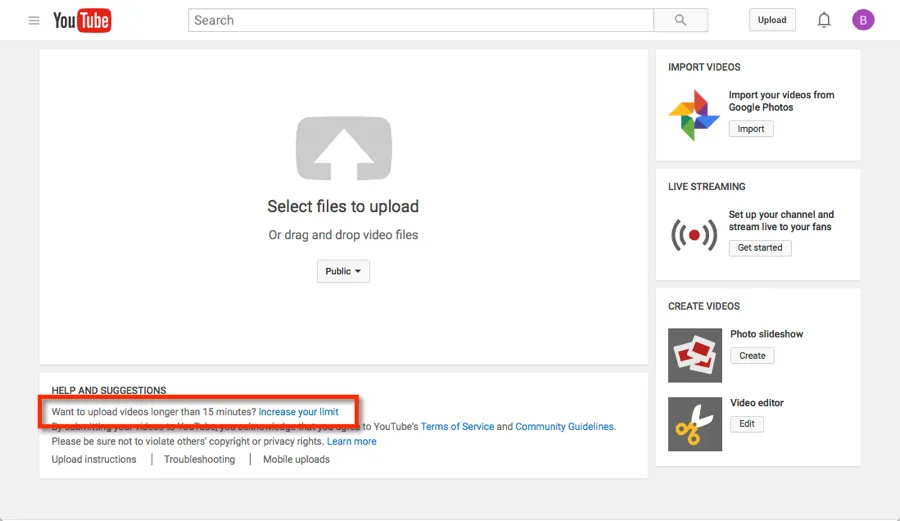
Vimeo offers different paid plans with different upload limits.
Reasons why YouTube takes the crown for upload limits:
YouTube Upload Limits
- Free Accounts: Unlimited videos, each with a maximum length of 15 minutes
- Verified Accounts: Videos up to 12 hours long or 128GB in size
Vimeo Upload Limits
- Free: 500MB/week, up to 25GB/year
- Plus: 5GB/week, up to 250GB/year
- Pro: 20GB/week, up to 1TB/year
- Business: No weekly limits, up to 5TB per year
YouTube vs. Vimeo: Audience Size and Reach
In terms of audience numbers and reach, YouTube is clearly the clear leader, offering an unparalleled platform for content creators to connect with a global audience. Vimeo, while experiencing growth, remains a niche platform with a smaller user base.
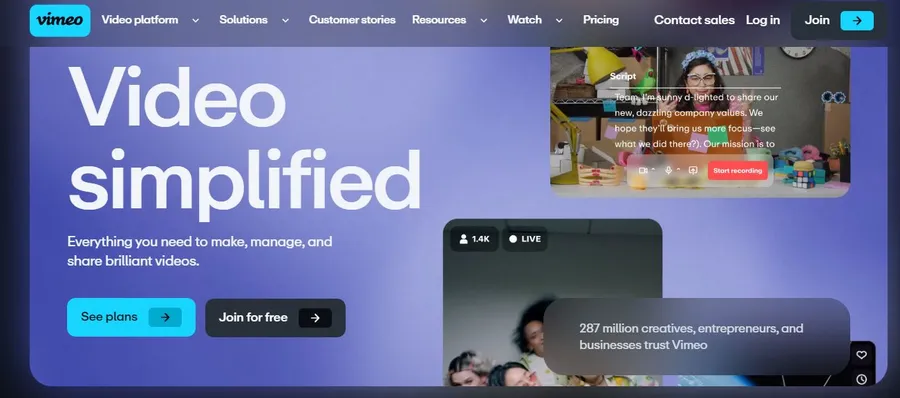
Reasons why YouTube is the clear winner in terms of audience size and reach:
YouTube Audience Size and Reach
- Audience Size: +2 billion monthly active users
- Reach: Global audience, easily accessible and discoverable through search engines
- Enhanced Reach Features:
- Personalized recommendation algorithm tailors content to individual preferences
- Use end screens and cards in your videos to suggest other videos to your viewers.
- Increase engagement with live chat, polling, and Q&A
Vimeo Audience Size and Reach
- Audience Size: 287 million viewers per month and a subscriber base of 1.9 million
- Reach: Smaller audience compared to YouTube
- Enhanced Reach Features:
- Search feature for videos, channels, people, and groups
- The content discovery tool suggests relevant videos
- Staff picks highlight hand-selected videos
YouTube vs. Vimeo: Privacy Controls
Vimeo offers more control over the privacy of your videos compared to YouTube. If you need to restrict access to your videos in various ways, Vimeo is the best decision. However, if you just want to reach more people with your videos, YouTube’s public and unlisted settings may be sufficient
Reasons why Vimeo edges out YouTube for privacy controls when comparing YouTube vs. Vimeo:
YouTube Privacy Controls
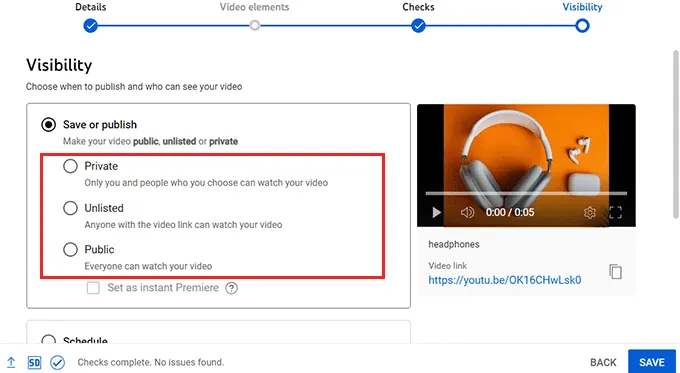
- Public: Anyone with access to the internet can search for, list, and show videos on YouTube.
- Unlisted: Anyone with the URL can see the videos, but they will not display in YouTube searches or similar videos.
- Private: Only you and the users you specify have access to the videos.
- Allow users to disable comments or like/dislike buttons on videos.
- Prevent video embedding on all websites.
- Not ideal for hosting private videos, as embedding restrictions apply to all websites, including your own.
Vimeo Privacy Controls
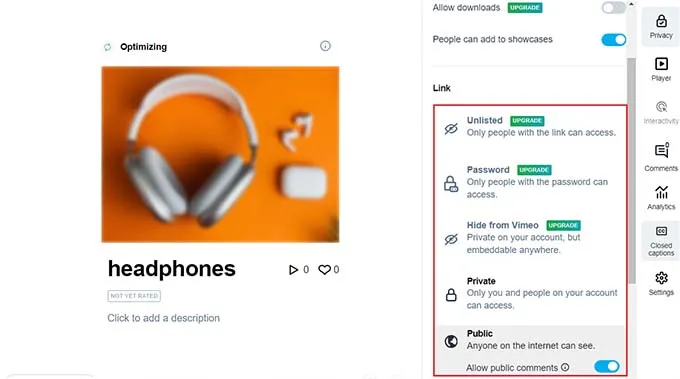
- Public: Anyone with access to the internet can search for, list, and show videos on Vimeo.
- Unlisted: Anyone with the URL can see the videos, but they will not display in Vimeo searches or similar videos.
- Private: Only you and the users you specify have access to the videos.
- Hide on Vimeo: The videos can be shown and viewed on other websites, but they will not appear on a separate page on Vimeo.
- Only allow video embeds on your website. (paid plans only)
- Protect your videos with a password so that only authorized users can access and distribute them.
YouTube vs. Vimeo: Video Editing
Both YouTube vs. Vimeo offer valuable video editing tools and hosting platforms. The choice between the two depends on the specific needs and priorities of the video creator.
YouTube is ideal for creators who require extensive video editing features and a large audience reach.
Vimeo is better suited for professionals who prioritize high-quality video presentation, custom control over embedding, and the convenience of updating videos without altering URLs or stats.
Reasons why YouTube vs. Vimeo offer valuable video editing tools and hosting platforms:
YouTube Video Editing
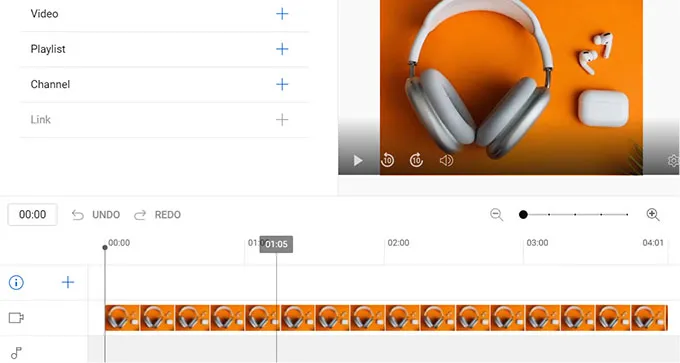
- Pros:
- Extensive video editing features include cropping, trimming, transition effects, audio effects, text overlays, and more
- Ability to add links, annotations, captions, and subtitles to videos
- Live streaming feature for broadcasting events, news, or vlogs
- Cons:
- Videos may be compressed for space and data purposes
- Less customizable video embedding options
Vimeo Video Editing
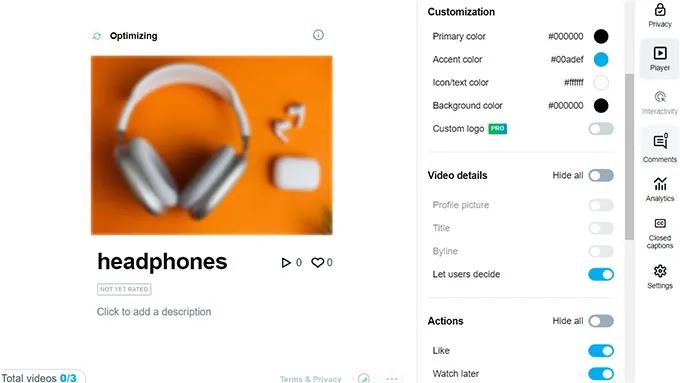
- Pros:
- Preserves high-quality video resolution without compression
- Customizable video embedding options
- Ability to replace a video with an updated version without changing the URL or stats
- Cons:
- Fewer video editing features compared to YouTube
- No annotation feature for adding clickable links to videos
YouTube vs. Vimeo: Monetization Options
YouTube offers more monetization options than Vimeo. However, Vimeo provides a more ad-free and professional viewing experience for your audience. The best platform for you between YouTube vs. Vimeo will depend on your content strategy and goals.
Reasons why YouTube offers more monetization options than Vimeo
YouTube Monetization Options
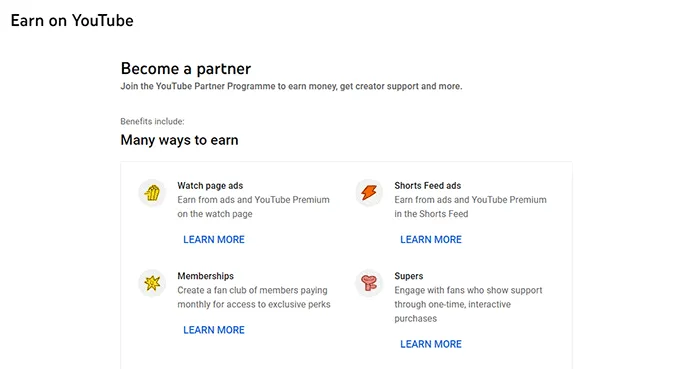
- Join the YouTube Partner Program and earn money from ads displayed on your videos.
- Add paid reviews.
- Sell products in your videos.
- Join affiliate programs.
- Ask for donations.
- Get sponsors for your videos.
- Use Patreon to receive direct support from viewers.
Vimeo Monetization Options
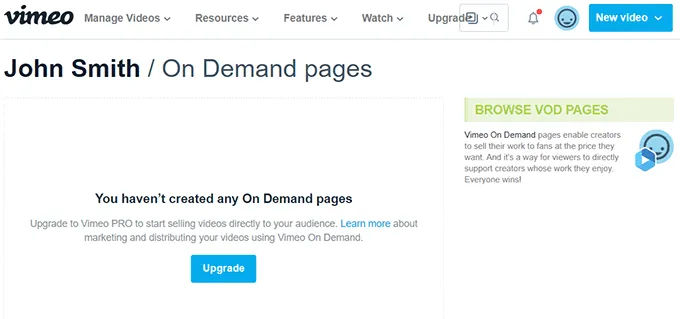
- Through Vimeo on Demand, you may sell videos straight to viewers.
- Make and offer unique content subscription plans.
- Host live events that users can pay to watch.
- Mention sponsors in your videos.
- Add links to video descriptions.
- Inspire your fans to back your channel on platforms like Patreon.
YouTube vs. Vimeo: Which One Is The Right Platform for Your WordPress Site?
When deciding on the right platform for embedding videos on your WordPress site, it’s crucial to consider your specific needs and preferences.
Both platforms offer a wealth of features and capabilities, but they cater to different needs and preferences.
To make an informed decision, it’s essential to consider the key factors that influence your choice.
YouTube’s Strengths
- Vast Reach and Audience: YouTube boasts an unparalleled reach, with over 2 billion active users worldwide, providing an extensive audience for your WordPress videos.
- Embed Functionality: YouTube’s seamless embed functionality allows you to integrate videos into your WordPress site, ensuring a smooth and engaging user experience.
- Monetization Potential: YouTube offers a robust monetization system, enabling you to generate revenue from your videos through ads and partnerships.
Vimeo’s Strengths
- Higher-Quality Video Playback: Vimeo is renowned for its superior video quality, offering pristine playback even at high resolutions.
- Ad-Free Viewing Experience: Vimeo offers an ad-free watching experience, ensuring that your audience can focus solely on your content without distractions.
- Customization Options: Vimeo gives you more control over the appearance and feel of your embedded videos, allowing you to match your site’s branding.
Read more related articles about YouTube vs. Vimeo you might like:
- How to Embed a Vimeo Video into LearnPress
- Detailed Guide to Embed a YouTube Video into LearnPress
- How to embed Youtube video in WordPress
Contact US | ThimPress:
Website: https://thimpress.com/
Fanpage: https://www.facebook.com/ThimPress
YouTube: https://www.youtube.com/c/ThimPressDesign
Twitter (X): https://twitter.com/thimpress